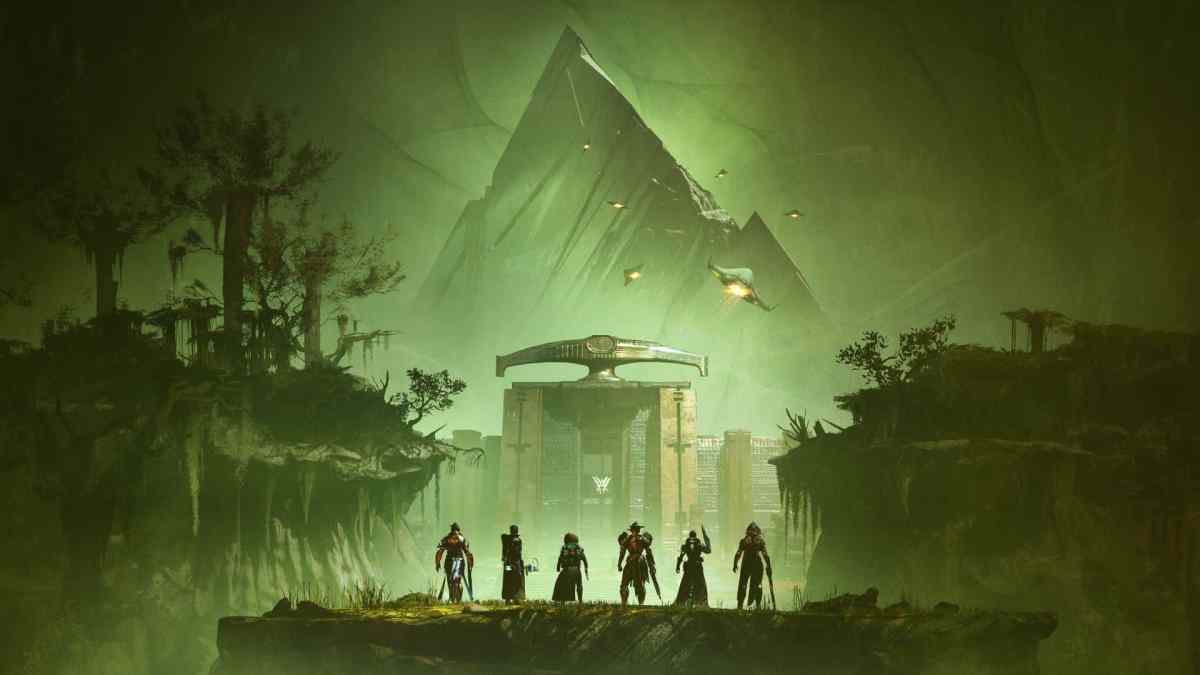At the start of February, Sony announced it was spending $3.6 billion to buy Bungie, the storied studio originally behind the Halo series, and current developer of Destiny 2. Announcing the purchase mere weeks before the release of its latest expansion, Sony clearly liked where things were heading, and wanted a piece of the action. With The Witch Queen now released, it’s clear why they were prepared to pay such a premium. Destiny 2’s years-long storyline, the struggle between light and darkness centred on the immortal Guardians, along with the continuing interactions of its mechanics and reward systems, finally, finally feels like it’s really going places.
The Witch Queen expresses the clearest vision of what kind of game Destiny 2 actually is, as well as what it promises to become over time. It’s also clear that it has a far greater sense of where it wants to take its epic story of space worm gods, galaxy-spanning imperial empires, alien refugees, and the fight between a million-strong army of undying Guardians for the next few years.
The Campaign
The expansion starts with a fantastically rich and genuinely engaging new campaign that finally makes good on the hints at larger forces at work, first laid out in 2017’s Destiny 2 launch campaign. Set against this backdrop of years of promise and build-up – supercharged since 2020’s Beyond Light expansion – it weaves a tale of hidden figures and secret forces at play, from the eponymous Witch Queen Savathûn herself, to the new big bad and potential Savathûn rival. The new campaign has a lot of catching up to do for new players, but it manages to avoid getting bogged down too much in lore or years of baggage.
It also keeps things moving fairly quickly across its eight lengthy, highly original missions, mixing exploration and light combat with harder encounters and boss fights which, especially on the new Legendary difficulty, requires approaching gingerly, respecting the danger and lethality of certain enemies, and adding an almost puzzle-like dimension to combat. The challenge of this legendary mode (especially if done solo) feels like a fresh addition to Destiny 2, not often found outside of raid encounters and a few fleeting examples (like soloing a dungeon – typically only done by the most dedicated).
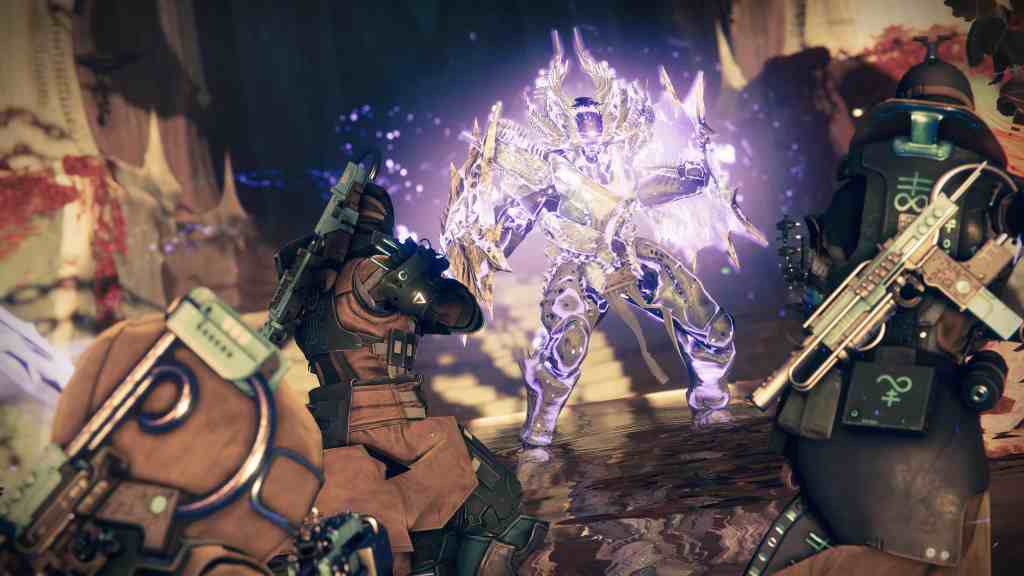
The campaign takes players across the breadth of Savathûn’s new Throne World, reminiscent of some of the best aspects of past Destiny areas like the Dreadnaught, a fan favourite introduced in the much-loved The Taken King expansion. The new zone encompasses swamps, gothic cathedrals, and dark oppressive dungeons, as well as compelling new interior spaces inside the giant Pyramid Ships teased in 2017. These bring with them an entirely new visual and spatial design language.
There’s real artistry and refinement in the aesthetic sensibilities that inform Destiny’s environments, its characters, and its all-important weapons and armour designs in The Witch Queen. Twitter users have drawn comparisons to symbolist painter Arnold Bocklin’s ‘Isle of the Dead’ painting as a reference for some specific campaign set-pieces, as well as connecting wall tapestries and puzzle icons in the new raid to the occult art of Paul Lafolley, illustrating just some of the depth of artistic reference the game frequently recomposes. These, and much more yet to be remarked on, reflect something close to the pinnacle of art direction in games today. The fact that influences appear in and around the tools of player agency, and the spaces in which players employ these tools, adds a meaningful aesthetic dimension to engaging in the core loops of Destiny 2.
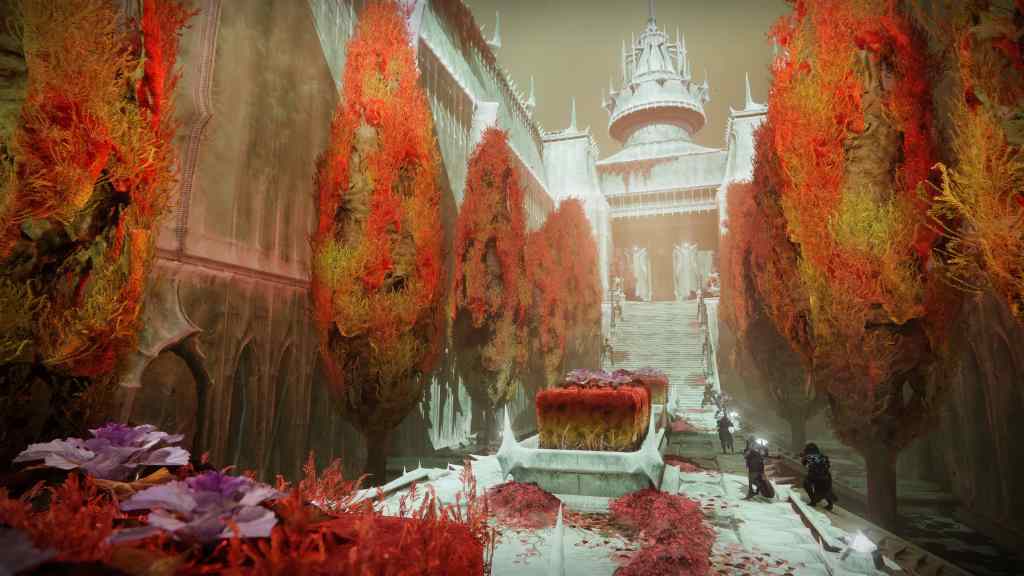
The environments of Destiny 2 remain perhaps an underappreciated asset, taking a back seat to the focus on hands-on mechanics and dynamics and the great ‘feel’ of the gunplay (which remains rock-solid), or even to the sometimes weird story and lore. But the environments and spaces of Destiny 2 are almost their own character. Bungie employees often repeat the mantra that ‘geometry is gameplay’ – a lesson that other games seem to struggle to fully realise – and the new spaces introduced in The Witch Queen feel great to be in, to move through, and to organically discover.
The campaign also functions as a compelling entry point for new players and the kind of story that Destiny wants to tell, achieving that goal with gusto and getting them up to speed on who these people are and what sort of stakes are at play in this unfolding space drama. Not a small task, and it does so without lengthy dry exposition. However it probably works best as a way for lapsed players to catch-back-up, as even the exceptional campaign can’t manage to deliver the kind of on-ramp to simple comprehension of the many, many intricate systems and mechanics, and the assumed knowledge that is now years deep, presenting a sizeable barrier to entry.
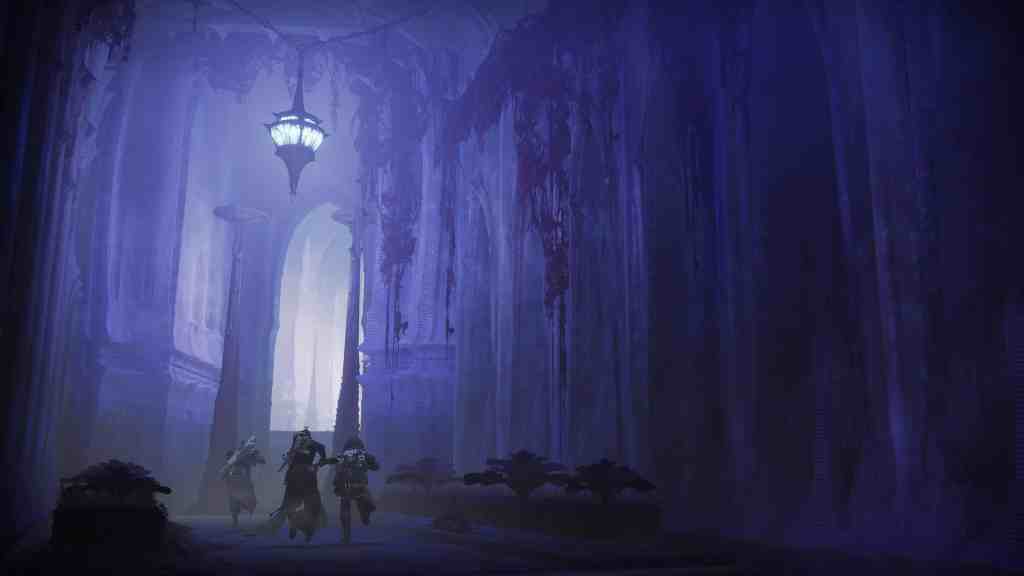
Whether a brand new or a returning player, I would imagine there will be some players for whom just the main campaign and the included post-campaign investigations is a suitably satisfying experience all on its own, and who are happy to leave it at that. But for most players, there is the ongoing narrative revealed week by week, beginning with the newly opened raid that pushes events beyond the campaign’s conclusion, and the seasonal activity that picks up on last year’s weekly storyline. Both the new raid, ‘Vow of the Disciple’ and the weekly seasonal activities, continue the concentrated narrative thread of the campaign in a slower, more drip-fed way.
The Commitment
One of this year’s best additions is a weekly mission that introduces players to the raid area, and a stripped back version of its mechanics – opening up a space of the game that was previously locked away for the vast majority of players who never set foot in it.
For many of its most die-hard players, much of the draw of Destiny 2 is its ritual, habit-forming nature, and Bungie has settled into a groove of weekly story beats revealed across season-long quests, progressing only with the passing of real world time. This seasonal storytelling model – usually involving a new kind of fight in a remixed or brand new arena – deploys commentary framing from the cast of characters and some interstitial text and dialogue, culminating in vignettes with conversations between key characters that maintain the space drama of the game once the campaign is complete. These are easy to skip over, however, and miss the finer details of what’s really happening in the world of Destiny, like the moral and ethical deliberations over whether it’s right to invade the minds of the enemy. If this aspect of the game is anything like last year’s redemption arc of the evil Prince Uldren (2018’s Forsaken expansion’s antagonist, resurrected as a Guardian named Crow in 2020) this remains one of the best aspects of the Destiny ‘show’.
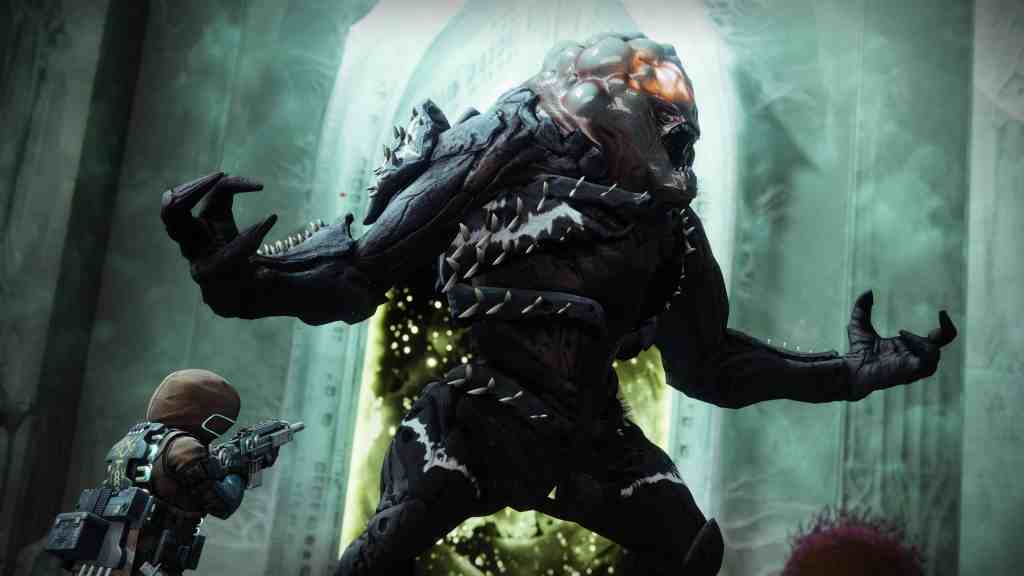
The remarkable way that Bungie has managed to master this ‘drip-feed’ of content – across several different timescales, yearly expansions, seasonal releases, and weekly or even daily changes to activities – seems to be paying off. It seems to be the fruit of work that began with serious structural changes inside the studio following the game’s extremely rocky launch in 2017.
For a live-service game like Destiny, loot is an integral part of the long-term reward structure, but it has also been a double-edged sword. Since Destiny 2’s launch, players have complained about the lack of space in the Vault and the difficult decisions of which ‘rolls’ to keep from the ever expanding mountains of possible weapons and armour – with new additions each season forcing difficult decisions over what to save and what to dismantle. The Witch Queen adds another huge wave of weapons and armour, amplifying this problem, however it also introduces one of the most fundamental shifts in the way loot works (one that the game has been toying with for some time now) in the form of deterministic weapon crafting. Once a pattern is unlocked, a weapon can be crafted to suit one’s desires, beginning at level 1 and, through leveling up, uses a wider gamut of perks, including improved perks with added functionality or stat bonuses.
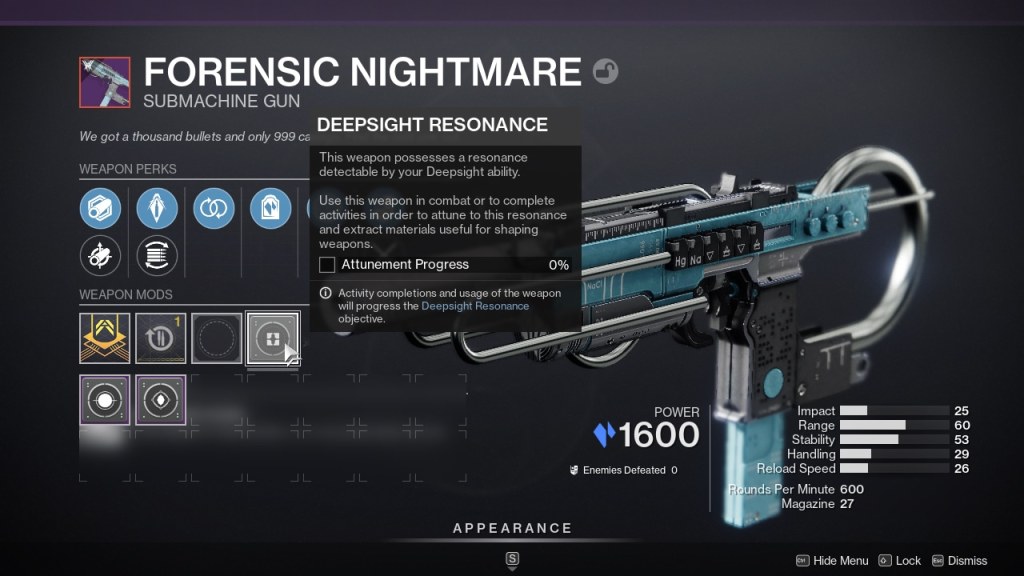
The inclusion of this system, and an economy of materials to support it, allows players to work towards the exact variant of weapon they choose. This is a fundamental shift, and changes the game substantially, eliminating the often cruel edges of waiting for the perfect ‘god roll’ to be bestowed. Previously, a cottage industry of content creators provided guidance about what specific rolls one should be chasing, and while this system does not do away with the need for this style of review, it does make it substantially easier for the average player to obtain. The only requirement now is the time necessary to do so, and currently this is a substantial cost.
There are, however, downsides to this system, even beyond the return of a pretty extreme grind for completionists, in that it makes using non-craftable, non-levelable weapons feel like wasted time or effort. There are still many good, perfectly usable, even fun weapons that can only be obtained through random drops, and it seems there may be a danger that these weapons begin to feel like an entirely inferior class. For those most devoted players, who manage to finish crafting and grind out all the necessary weapon levels, this will be alleviated, but for the casual player I suspect this may become a substantial pain point – especially for those that start playing later on, and who have even more content to catch up on.
This, then, is the constant challenge for a loot based live-action game like Destiny – how do you maintain the balance between entertaining your most devoted, most engaged players and managing to welcome entirely new players? I spent several hours playing with friends who wanted to try out Destiny for the first time and the sheer number and complexity of different interlocking systems still represents a serious learning curve for new players, one that it’s easy for long-time players to underestimate.
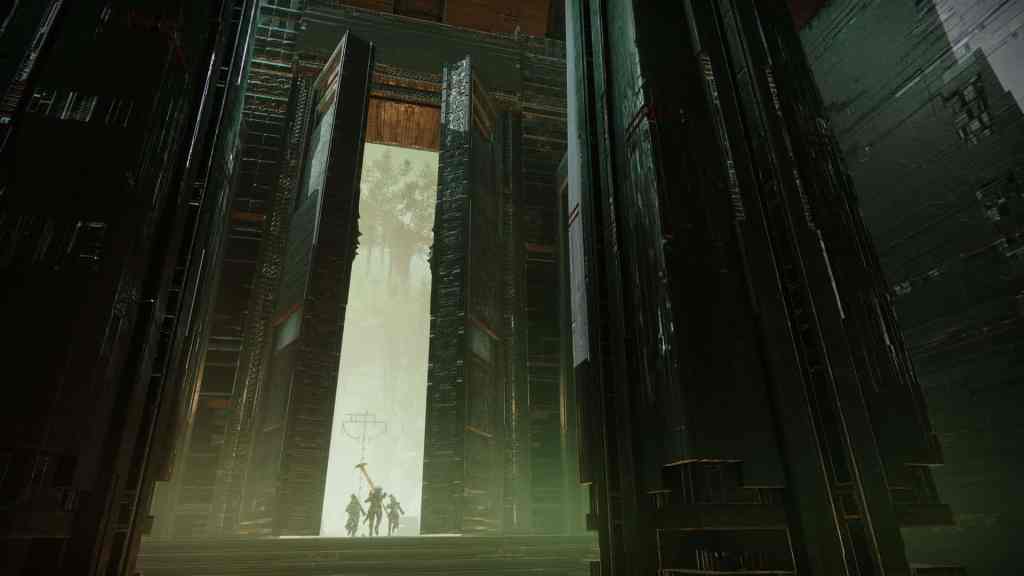
Destiny 2’s answer, and which brings us back around to where we started, is to showcase its absolute best features in the short, punchy experience it hopes will act as a runway for new players, hooking them in the loop, the grind, or whatever it is that keeps us coming back for more on a daily, weekly, and monthly basis. As an entry point for brand new and returning players, The Witch Queen is the best jumping on point Destiny has had in years, and yet even so, the churn of the live-service nature and the weight borne by focusing on its most profitable core players seems to inexorably pull it towards a certain conclusion – that the game will always be more for the long-term player more than the newcomer.
Destiny 2’s The Witch Queen then is, in some areas, a huge leap forward and in others a minor refinement. It points to the future of Destiny 2, with a clearer sense of what kind of game it will become in the coming years. It will please existing players considerably, as well as bring back many lapsed ones. Whether or not it will see a huge and lasting increase of new light Guardians, I suspect, will depend on other factors.
4 stars: ★★★★
Destiny 2: The Witch Queen
Platforms: PlayStation 4, PlayStation 5, Xbox Series X/S, Xbox One, PC
Developer: Bungie
Publisher: Bungie
Release Date: 22 February, 2022
A PlayStation 5 copy of Destiny 2: The Witch Queen was provided and played for the purposes of this review.
